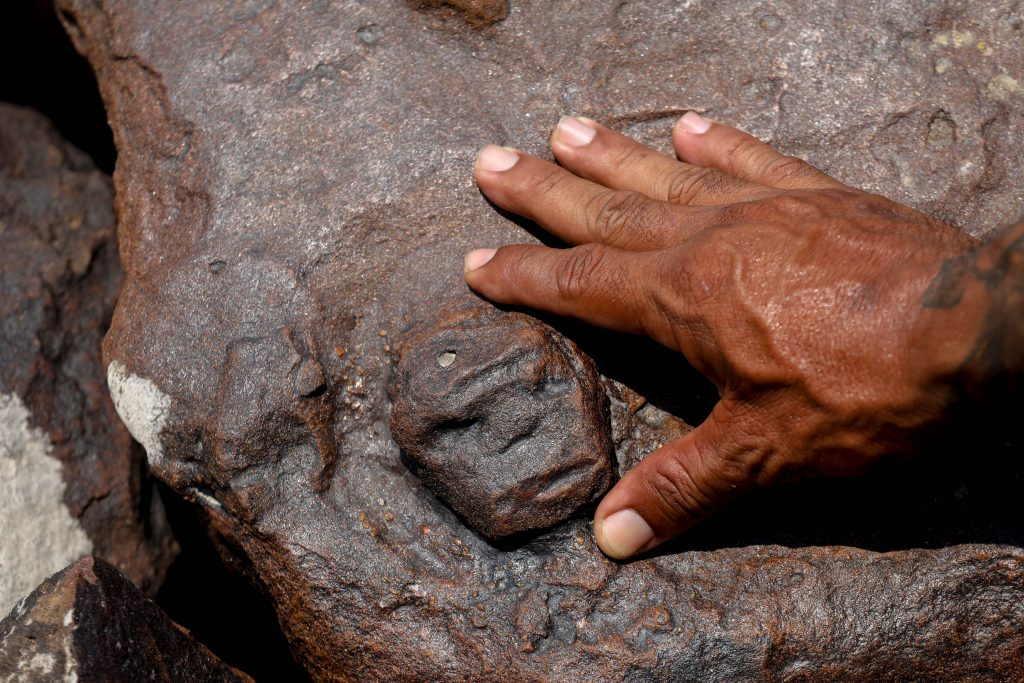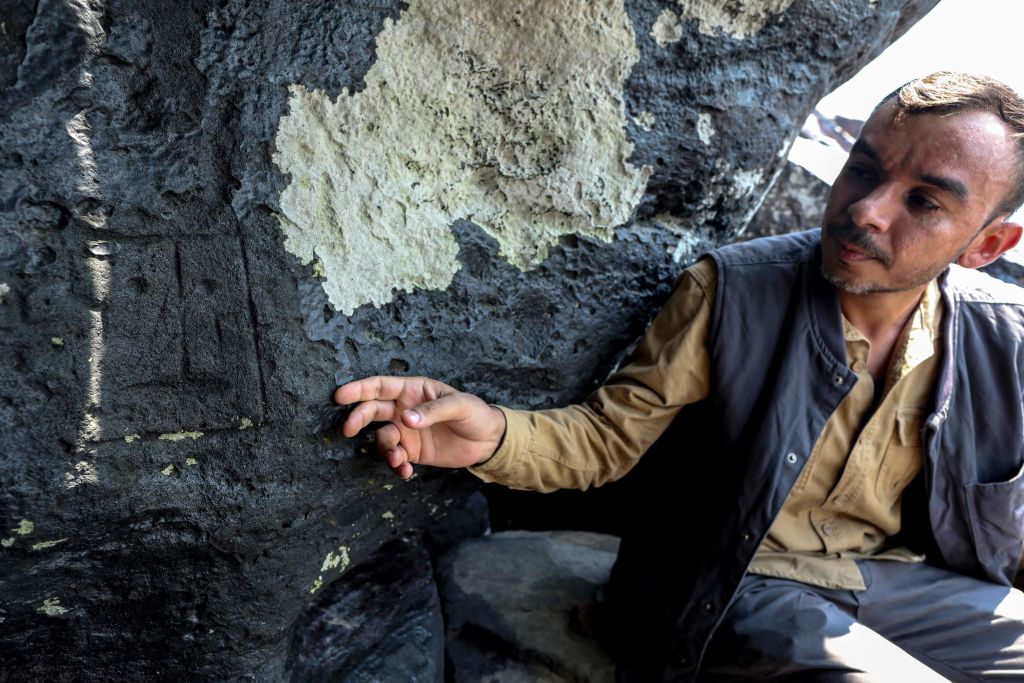Archaeology & History
Extreme Drought in the Brazilian Amazon Has Resurfaced Ancient Rock Carvings Along a River Bank
As water levels dropped, carvings dating back to ancient civilizations were revealed.

As water levels dropped, carvings dating back to ancient civilizations were revealed.

Max Berlinger

Unprecedented drought conditions in the Brazilian Amazon rainforest have led to the resurfacing of a group of ancient geoglyphs—designs or motifs carved into natural landscapes—along the banks of the Negro River in the city of Manaus, in northern Brazil.
The development demonstrates the unexpected effects of climate change, as reported at the website Phys.org. The Amazon, a site of unparalleled biodiversity, is in the midst of a severe drought made worse this year, say experts, by El Niño weather patterns. The result is that vast stretches of land which were previously hidden beneath water or layers of lush vegetation have resurfaced, bringing these ancient engravings into public view for the first time in centuries.
The recently exposed geoglyphs, at the Lajes Archaeological Site, have not been visible since a drought, not as severe as the current one, exposed them in 2010.

Archaeologist Jaime Oliveira, from the National Historical and Artistic Heritage Institute (Iphan), shows ancient rock engravings that reappeared in the region of the Lajes Archaeological Site due to the severe drought affecting the region’s rivers on the banks of the Negro River in Manaus, Amazonas State, northern Brazil. Photo by Michael Dantas / AFP via Getty Images.
The carvings span hundreds of square miles and include depictions of animals and humanoid figures in addition to large-scale abstract designs. Their exact age has yet to be determined but preliminary assessments suggest that they might be remnants of ancient civilizations dating back over a millennium. Some experts posit that these enigmatic carvings could have been made by Indigenous people long before contact with European colonists.
“I thought it was a lie… I had never seen this,” Livia Ribeiro, a resident of Manaus, told Phys.org. “We come, we look at (the engravings), and we think they are beautiful. But at the same time, it is worrying… I also think about whether this river will exist in 50 or 100 years.”
More Trending Stories:
Four ‘Excellently Preserved’ Ancient Roman Swords Have Been Found in the Judean Desert